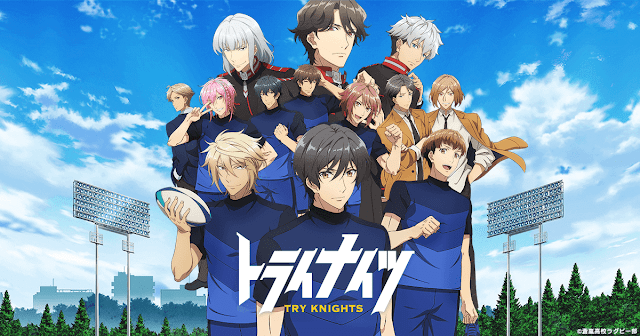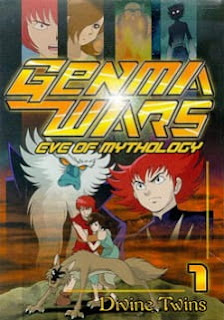Links & Things
Want just the manga reviews? Head over to The Manga Test Drive! Want more writing from me? Check out my previous articles at Anime Feminist ! Want to hear me talking with friends about manga? Check out my takes on Wandering Son , Tropic of the Sea , X-Day , Sweet Rein , Legal Drug , and Clover on the (sadly defunct) Rainy Day Reading podcast and on The Key to the Kingdom at Shojo And Tell ! Want to hear me talking with friends about (mostly bad) anime? Check out my takes on Diabolik Lovers , Miracle Train , Perfect Blue , Another , Vividred Operation , High School DxD , Lance 'n' Masques , and Upotte! at the Heavy Storms podcast! Want to give me money for what I do? You can do so either through Patreon or buy me a Ko-Fi ! Want to commission a review? The details are here!






